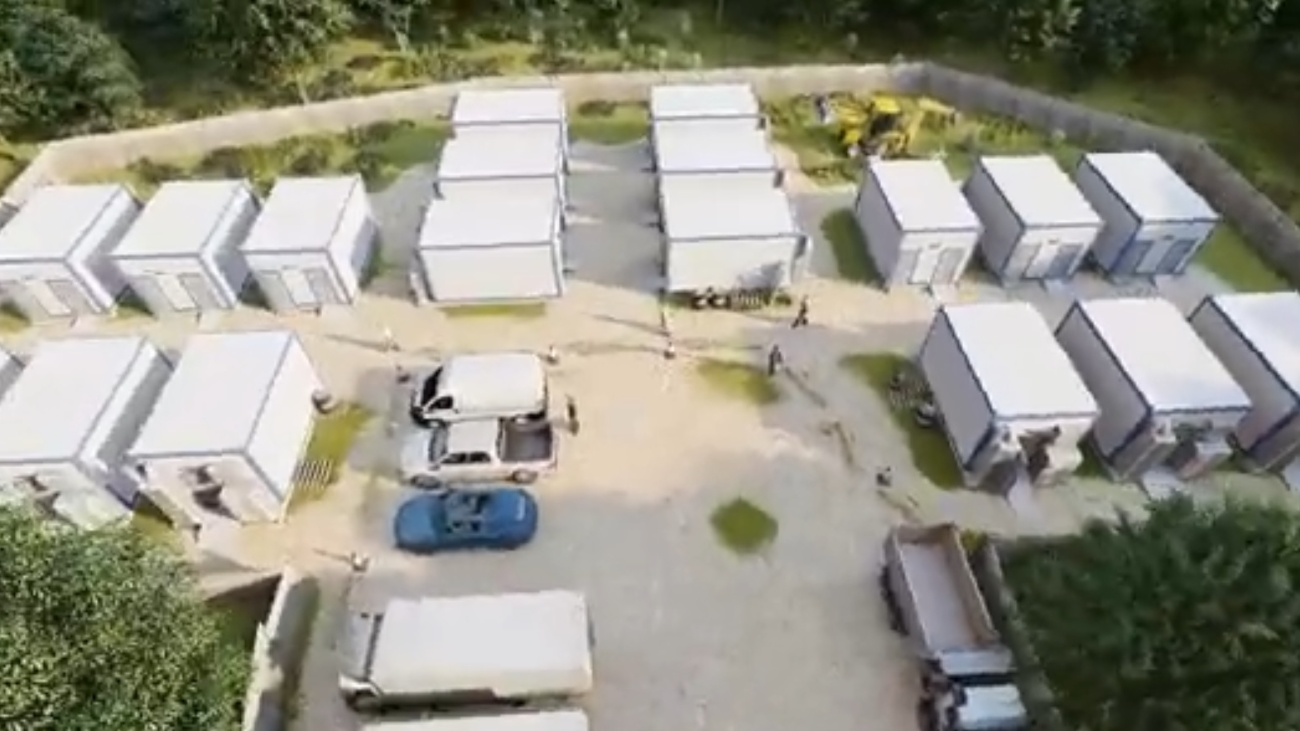Providing fresh, tasty, and good-looking produce to consumers is an intensive process that doesn’t end at the moment of harvest. It’s important to take care of produce after it has been gathered but before it is shipped or purchased, ensuring the highest quality product and best competitive edge in today’s market.
Proper cooling is essential for any produce operation, but the type of cooling that you pick will depend on what type of food you are trying to preserve. There are many different types of cooling, and many different choices when it comes to keeping your fruits and vegetables fresh. In today’s article let’s take a look at the popular forced-air cooling method and the type of produce that is best suited for this method.
The Importance of Cooling Produce
First of all, it’s important to know why good cooling matters. As soon as fruits or vegetables are removed from the plant, they begin to lose freshness, and the heat that they have gathered while growing in the field or orchard can cause this degradation to accelerate. Proper cooling is absolutely essential to slow these natural processes as much as possible so that produce is still in great condition when it is delivered to the consumer. A cooling system can suppress respiratory activity in the cells of the plant, which causes produce to soften and become mushy; it also prevents wilting and water loss. Cooling systems can reduce the production of ethylene in fruits and vegetables, a chemical which causes produce to become overripe. Finally, cooler temperatures prevent the growth of microorganisms that produce decay, such as bacteria and mold.
Proper Cooling and Storage Increase Produce Value
SEMCO/SEMCOLD LLC knows that good cooling does more than just keep quality high. By increasing the amount of time that food can be stored, it allows growers to market their products days, weeks, or even months after the harvest has passed, eliminating the need to sell directly after harvest. This is beneficial for high-volume growers as well as producers that need a great degree of flexibility.
Forced Air Cooling
There are a number of cooling methods available to growers, including room cooling (where the produce is left in a refrigerated room) and hydrocooling (where the produce is cooled by ice and cold water), to name just a couple. However, this article will focus on forced-air cooling.
Forced-air cooling requires a refrigeration room, much like room cooling does—but unlike room cooling, fans are used to draw cold air through the produce, expediting the process. Forced-air cooling can be 75% to 90% more efficient than simple room cooling, allowing produce to be cooled much more rapidly and with less energy.
However, forced-air cooling can also lead to moisture evaporation, since moving air can carry water away from the produce. For this reason fans are typically turned off once the desired temperature is reached, ensuring that the fruits and vegetables do not dry out. Likewise, it is important to monitor and regulate humidity levels within the cooler.
Important Considerations for Forced-Air Cooling
When trying to decide whether to use forced-air cooling, the type of produce should be taken into account. Different foods have different storage requirements. For example, broccoli should be kept at near-freezing temperatures while in storage, but tomatoes cannot be kept in temperatures lower than 40 degrees. Forced-air cooling can be adjusted to accommodate a wide range of temperatures, but for food that needs to be kept somewhat warmer, room cooling may be sufficient. Forced-air cooling is generally the best choice for many foods that need to be kept cold but might be damaged when wet, preventing the use of hydrocooling.
Additionally, forced-air cooling works best with certain types of packaging. If the produce is on trays or in shallow boxes, so that air can circulate around it, then forced air cooling is a great choice. However, it loses its effectiveness if the fruits and vegetables are in sealed bins or large bags with limited airflow.
Best Produce for Forced-Air Cooling
There are many fruits and vegetables that respond well to forced air cooling. These include the following:
- Apples
- Pears
- Berries (especially blackberries, blueberries, raspberries, and strawberries)
- Cherries
- Grapes
- Nectarines
- Peaches
- Plums
- Cantaloupe and other small melons
- Broccoli
- Eggplant
- Squash
- Tomatoes
- Peppers
- Cabbage
- Cucumbers
- Pea pods
- Potatoes
Foods that cannot be effectively cooled by forced-air cooling include celery, corn, bananas, citrus fruits, lettuce, mushrooms, onions, and avocados to name just a few. For more information about cooling methods for specific types of produce make sure to visit our archives and search the crop you want more information about.
Forced-air cooling is an efficient and economical way to ensure long-term storage and high quality of fruits and vegetables. SEMCO/SEMCOLD LLC is a proud manufacturer of forced-air systems and similar cooling solutions. All of our systems are fully customizable and designed to best meet customer specs.

